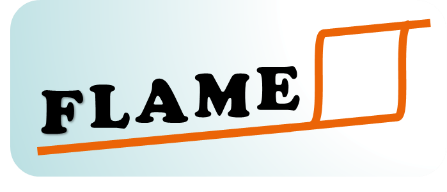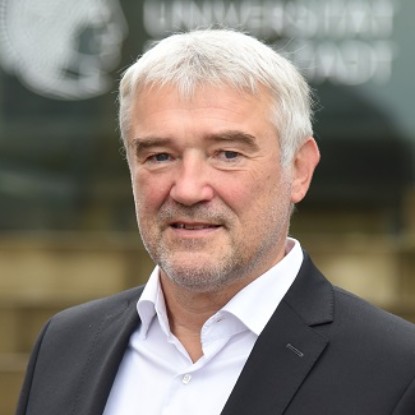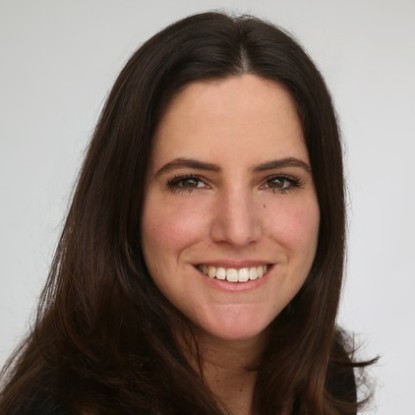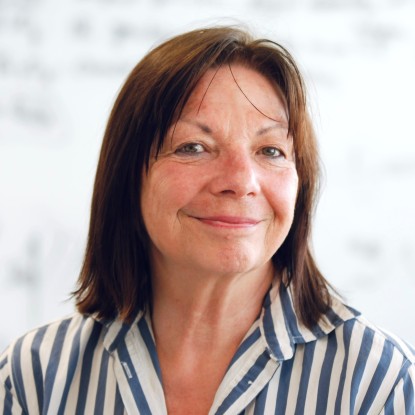Bulk Ceramics, Nonmetallic-Inorganic Materials Division
Head: Dr. Jurij Koruza
The main goal of this subproject is the preparation of new lead-free antiferroelectric materials in bulk polycrystalline form. To achieve this goal, individual steps of the solid state synthesis process will be investigated and the reaction sequence will be explored. This will be followed by a detailed study of the sintering process and microstructure formation mechanisms. The influence of the microstructural features (e.g., porosity, grain size, domain size) on the dielectric and antiferroelectric properties will be determined. The final materials will be provided to other subprojects, to gain further insight into the complex crystallographic and electronic structures of antiferroelectrics.
Figure 1. Exemplary study of the synthesis and microstructure formation of the relaxor ferroelectric ceramic Na1/2Bi1/2TiO3-SrTiO3 [1]. The reaction sequence was determined using X-Ray diffraction (left) and thermal analysis (middle). Different temperatures of carbonate decompositions and reactions lead to the formation of chemically inhomogeneous powder and the formation of a core-shell microstructure (right), which influenced the dielectric and electromechanical properties.
Thin Films, Thin Films Division
Head: Prof. Dr. Lambert Alff
Thin films are ideal model systems since they can be grown epitaxially and single crystalline. Additionally, the degree of strain as well as doping can be tuned precisely. This allows for an independent investigation of the different parameters and, hence, a direct correlation with measured structural and electrical properties.
The system NaNbO3 – AgNbO3 will be utilized as a basis for this investigation, as it is already established in the field of lead-free antiferroelectrics. In a first step, the composition will be scanned by Pulsed Laser Deposition (PLD) and subsequently fine-tuned by Molecular Beam Epitaxy (MBE).
After optimized deposition parameters have been determined, the influence of specific doping elements as well as their concentration will be investigated. Moreover, the influence of strain will be varied by choice of appropriate substrates.








